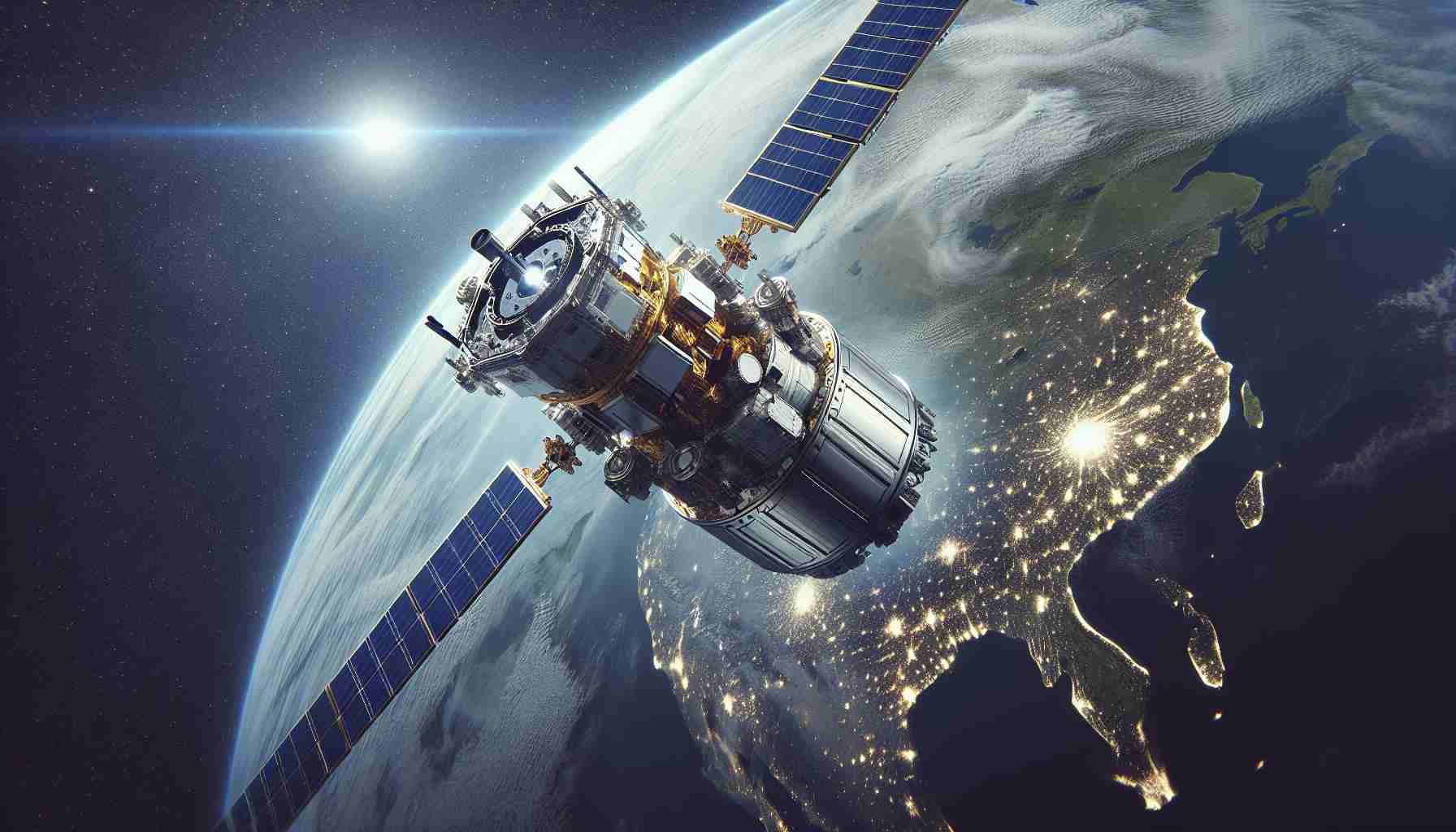
The European Space Agency (ESA) has made a significant investment of over €280 million to OHB System AG to advance its Earth Explorer 10 mission. This substantial contract was formalized at the 75th International Astronautical Congress in Milan on October 15, 2024, by key representatives from ESA and OHB.
As part of this agreement, OHB System AG will lead a consortium responsible for designing and constructing two innovative Earth observation satellites. These satellites will complement the existing Copernicus Sentinel-1, leveraging its radar signals to enhance their observational capabilities.
Project Manager Agustina Alvarez Toledo highlighted the pioneering aspect of this mission, noting the integration of both radar and optical technologies on a single satellite, marking a notable technical milestone. The excitement surrounding this initiative stems from its ambition to be the first multistatic radar mission.
The Harmony satellites are set to orbit Earth at a height of 693 kilometers, following a sun-synchronous trajectory. Their primary mission will involve monitoring subtle fluctuations in the oceans, glaciers, ice sheets, and solid earth structures.
ESA’s Director of Earth Observations Programs emphasized the critical role of Earth Explorer missions in enhancing our understanding of the planet’s processes. Harmony is anticipated to deliver crucial data that supports advancements in Earth science and climate research. According to OHB, preparations are underway for the mission’s launch, scheduled for 2029, with the promise of rich insights into earthly dynamics.
New Satellites Set to Transform Earth Observation
The ongoing advancements in satellite technology are heralding a new era for Earth observation, driven by innovative projects such as the European Space Agency’s (ESA) latest mission, known as the Earth Explorer 10. With the deployment of revolutionary satellites, this initiative is poised not just to enhance data collection but to transform how we monitor Earth’s ecosystems, climate, and natural resources.
What Makes the New Harmony Satellites Unique?
The Harmony satellites are designed to provide unprecedented multispectral data, utilizing both radar and optical technologies for comprehensive analysis. This dual approach allows for more accurate mapping of land use, forest degradation, and urban expansion, essential for sustainable development strategies.
Key Challenges in Earth Observation Satellite Programs
One of the most pressing challenges in satellite technology is the management of data overload. As the capabilities of satellites increase, so does the volume of data generated. Efficiently processing and interpreting this data will be crucial for making it actionable for scientists and policymakers. Additionally, there are concerns regarding the environmental impact of satellite launches and the accumulation of space debris, which pose risks to both current and future space missions.
Advantages of the New Satellites
1. Enhanced Data Quality: The integration of radar and optical technologies promises more precise measurements and insights into Earth’s processes.
2. Timely Climate Monitoring: With the ability to monitor glaciers, oceans, and solid earth structures, these satellites will contribute significantly to understanding climate change and its impacts.
3. Support for Global Initiatives: The data collected will support global strategies such as the Paris Agreement and the United Nations Sustainable Development Goals.
Disadvantages and Controversies
1. Cost Overruns: Large-scale projects like these often face budget overruns and funding uncertainties, which can jeopardize timelines and deliverables.
2. Data Privacy Concerns: Increased surveillance capabilities raise ethical questions about privacy and the potential misuse of data gathered.
3. Resource Inequity: Access to satellite data can be limited for developing nations, exacerbating existing inequities in scientific research and environmental monitoring.
Conclusion
As we stand at the threshold of a new era in Earth observation, the Harmony satellites symbolize a significant leap forward in our ability to understand and respond to global challenges. However, to maximize the benefits while minimizing the potential downsides, careful consideration of technological, ethical, and socio-economic factors will be essential.
For more information on the European Space Agency and their latest projects, visit ESA’s official website.



